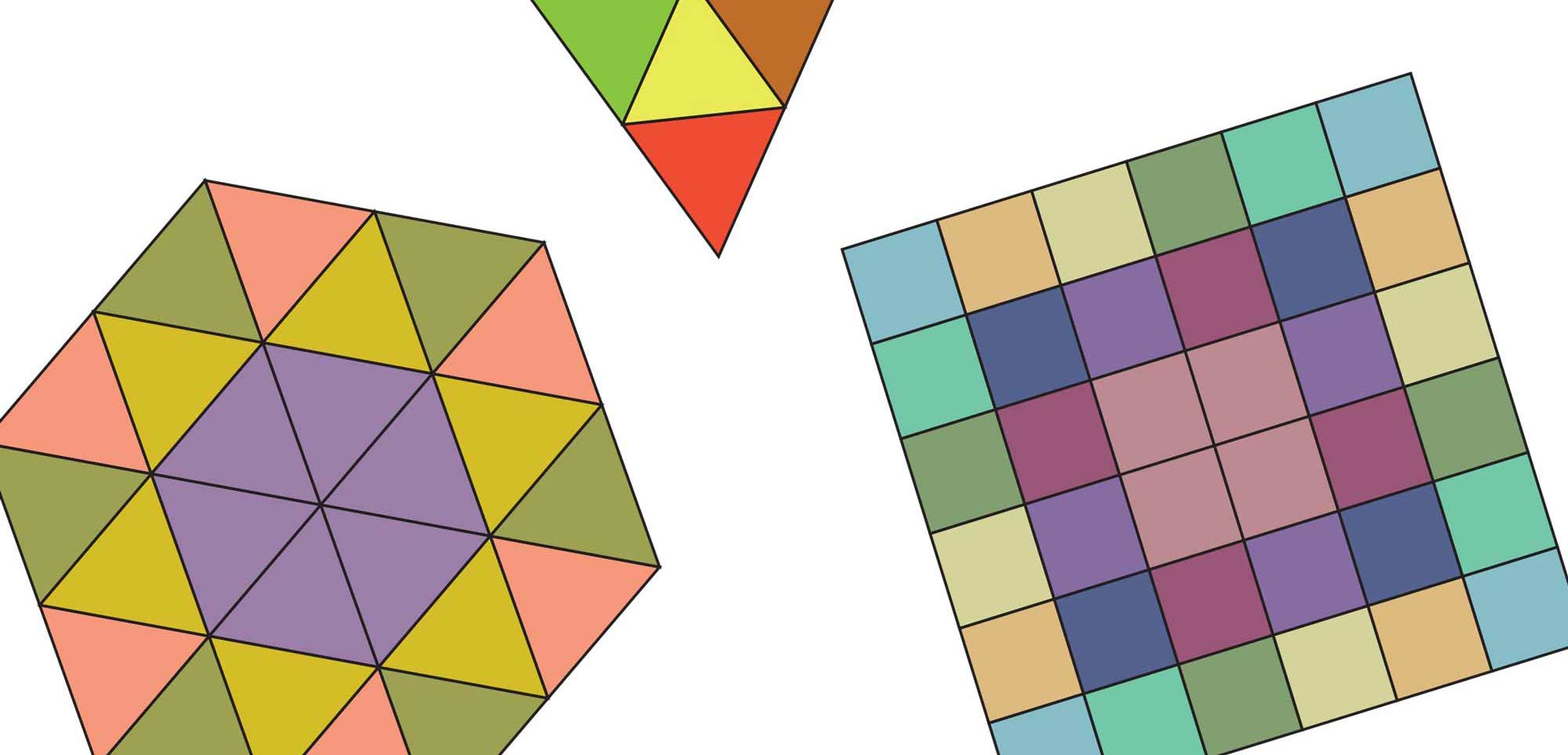Materials Checklist
- Printed Decoder Worksheet
- Scissors
- Pencil
Introduction
Codes are being used to transfer messages secretly from one person to another, so that other people who see the message can’t read it. There are many different types of codes, and we use them every day, for instance when browsing the internet.
Simple codes use a substitution cipher where one letter is replaced by another one. Such codes are very easy to break. Here you can learn about a different method that does not change the letters, but scrambles them. This is called a permutation cipher.
A Simple Grille
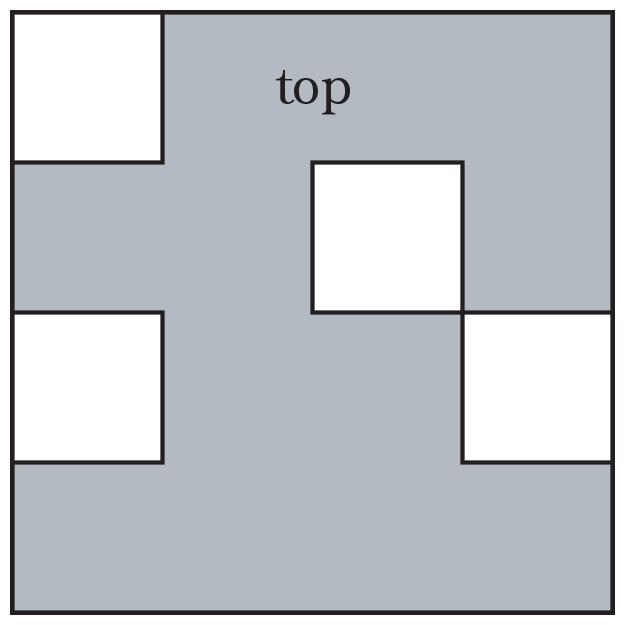
For this activity, you need to cut out the grille to the right from the worksheet. Then carefully cut out the four little white squares inside the grille as well.
We first learn how to encode a brief message:
SCIENCE IS COOL!
Take your grille, put it on a sheet of paper with the edge labeled “top” on top, and draw its outline with a pencil.
Write the message letter by letter into the empty squares of the grille. Then rotate the grille one turn to the right, within the outline, and fill in the next letters. Don’t forget the spaces! Keep going to rotate and fill in the letters. If your message is too long, just start filling another square.

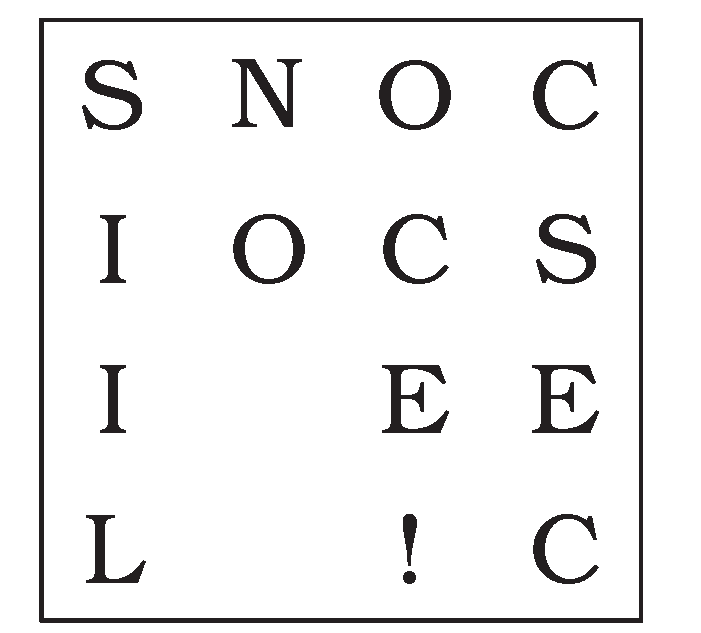
After four rotations, you are done. Remove the grille. To the right is the encoded message. To read it, place your grille over he square, read the visible letters, and rotate four times to read the entire message.
If you have a friend to whom you want to send a secret message, make sure they have exactly the same grille. And don’t give it to anyone else, otherwise that person can read your messages, too!
Practice Using Your Grille
Here are a few challenges for you. Try whether you can use your grille to decipher them.
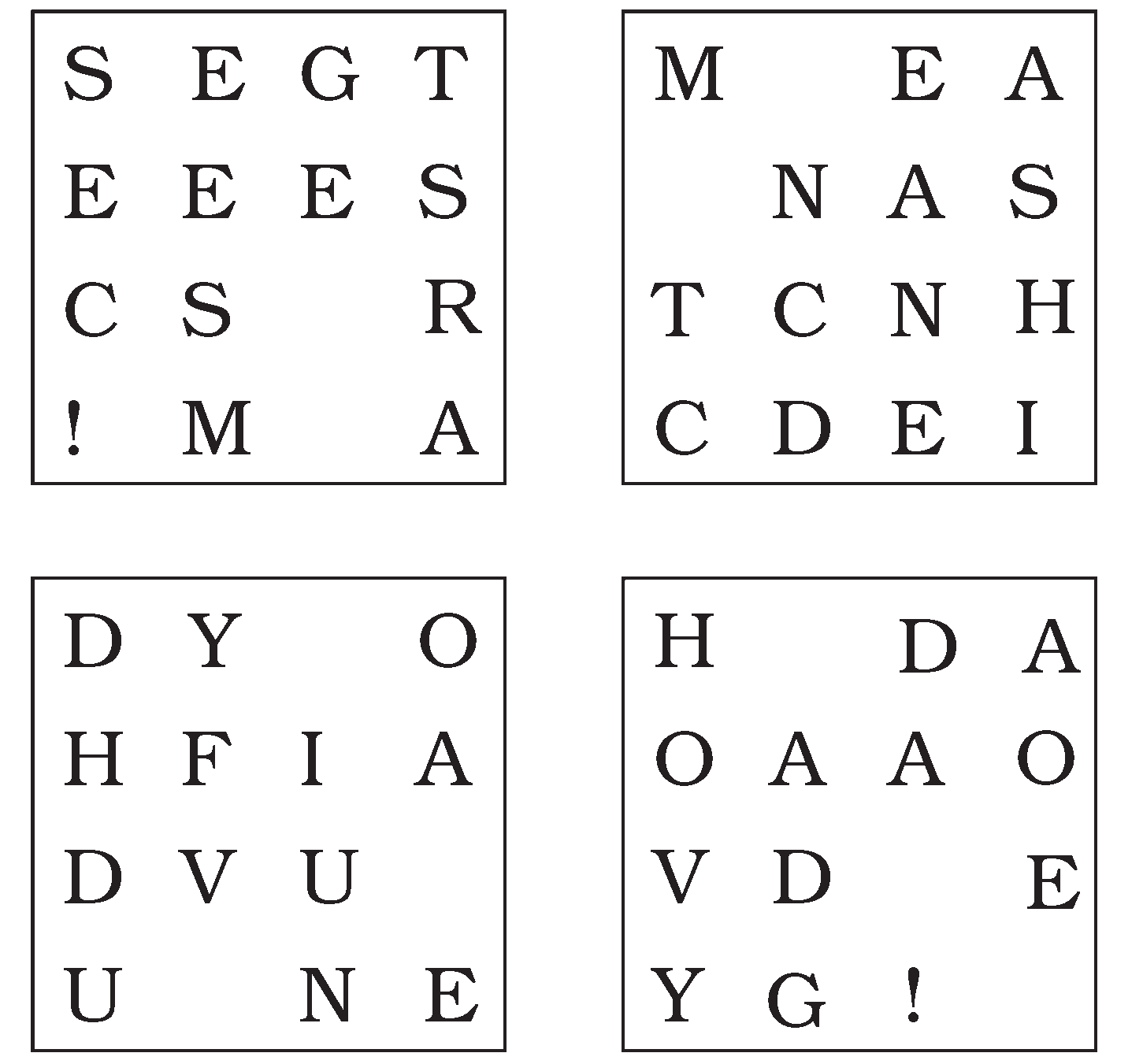
Making Your Own Grille
Preparation: Cut out a blank square from the worksheet. You will then need a pencil and a pair of scissors.
Making a grille is easy. Let’s make a larger 6×6 grille: First, mark an arbitrary square with an x – this will become a hole of your grille.
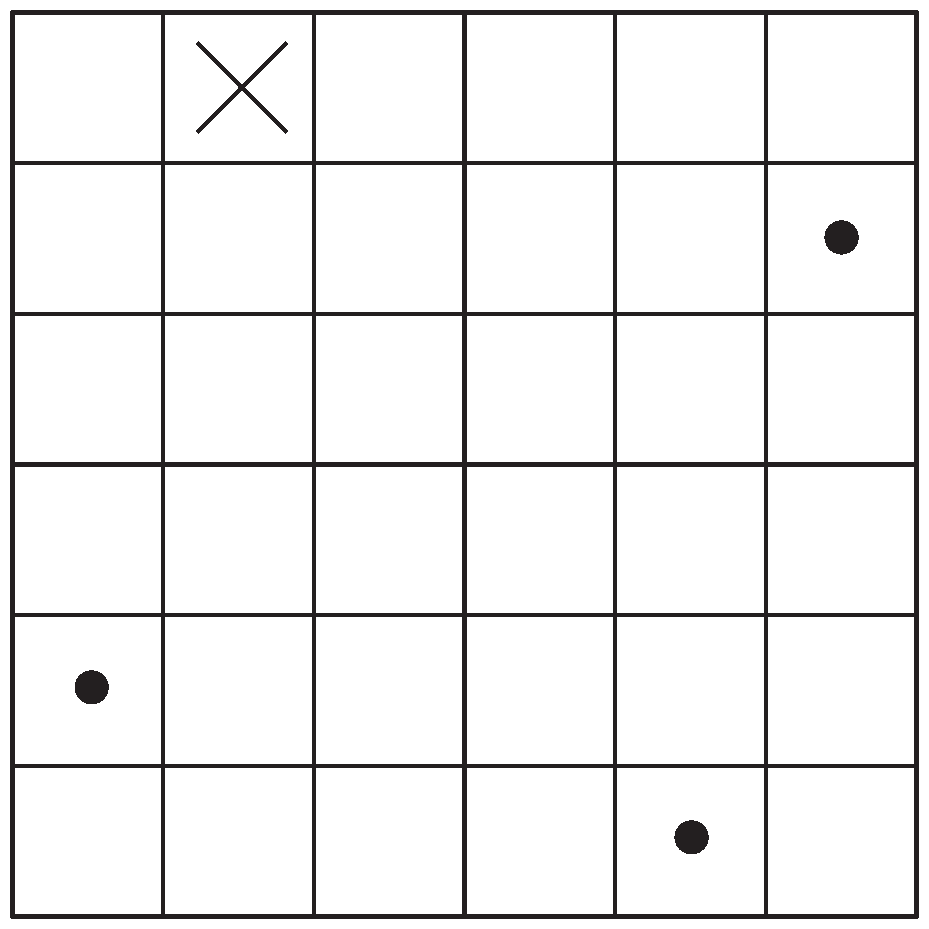
Here is the trick: When using the grille later, this square will be rotated to 3 other positions. Mark these with a dot — you don’t want to cut those out.
Then keep going like this. Pick another unmarked square, mark it with an x. The three other positions of it mark again with a dot. Repeat this until the entire grille is filled out, like this:
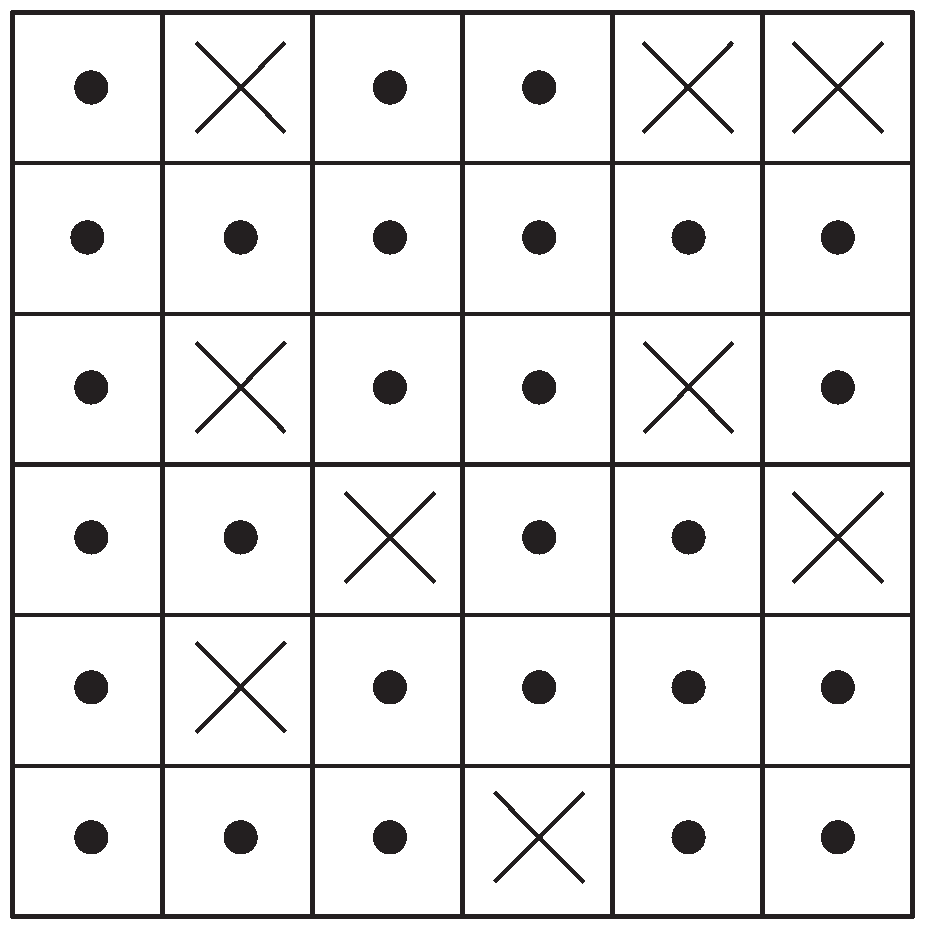
Finally, cut out the squares marked with an x, and label one edge as “top”.
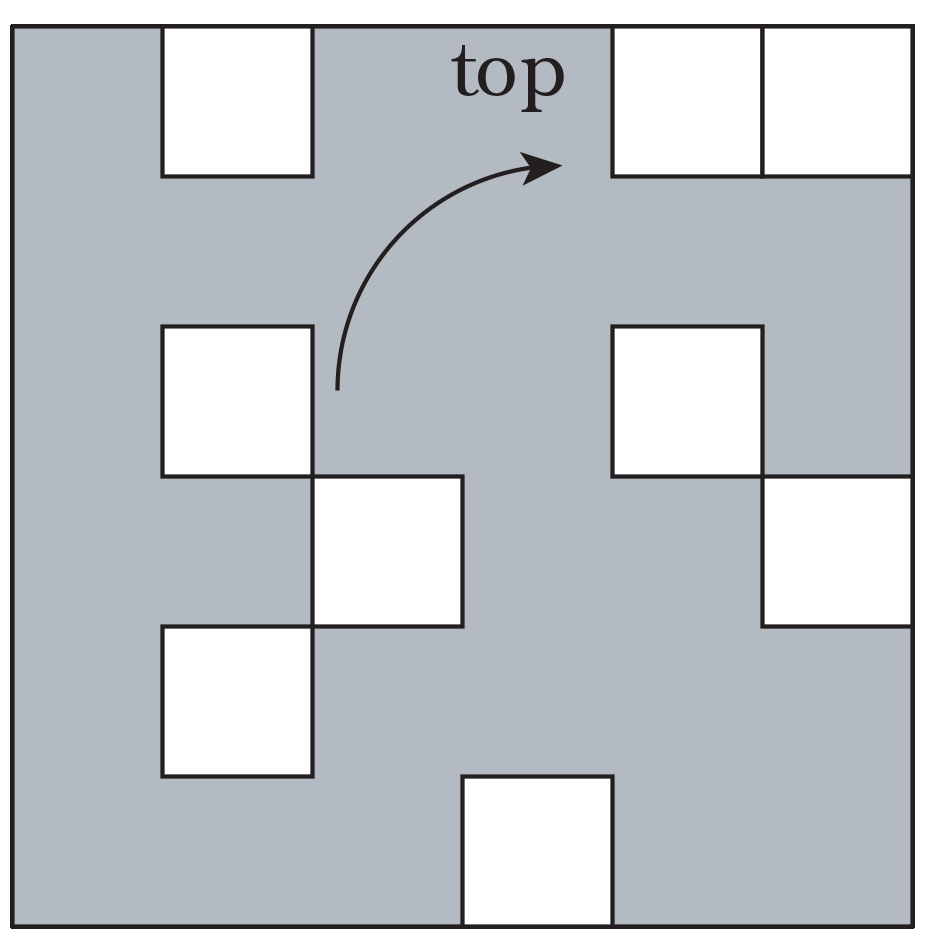
Now your grille is ready to use!
Hexagonal Grilles
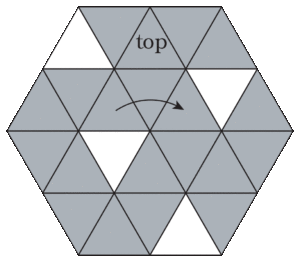
It is possible to use other shapes to make grilles. Here is for instance a hexagonal grille.
Can you explain how to use it? And can you make your own?
And here is another challenge: Can you use this grille to decipher the text below?
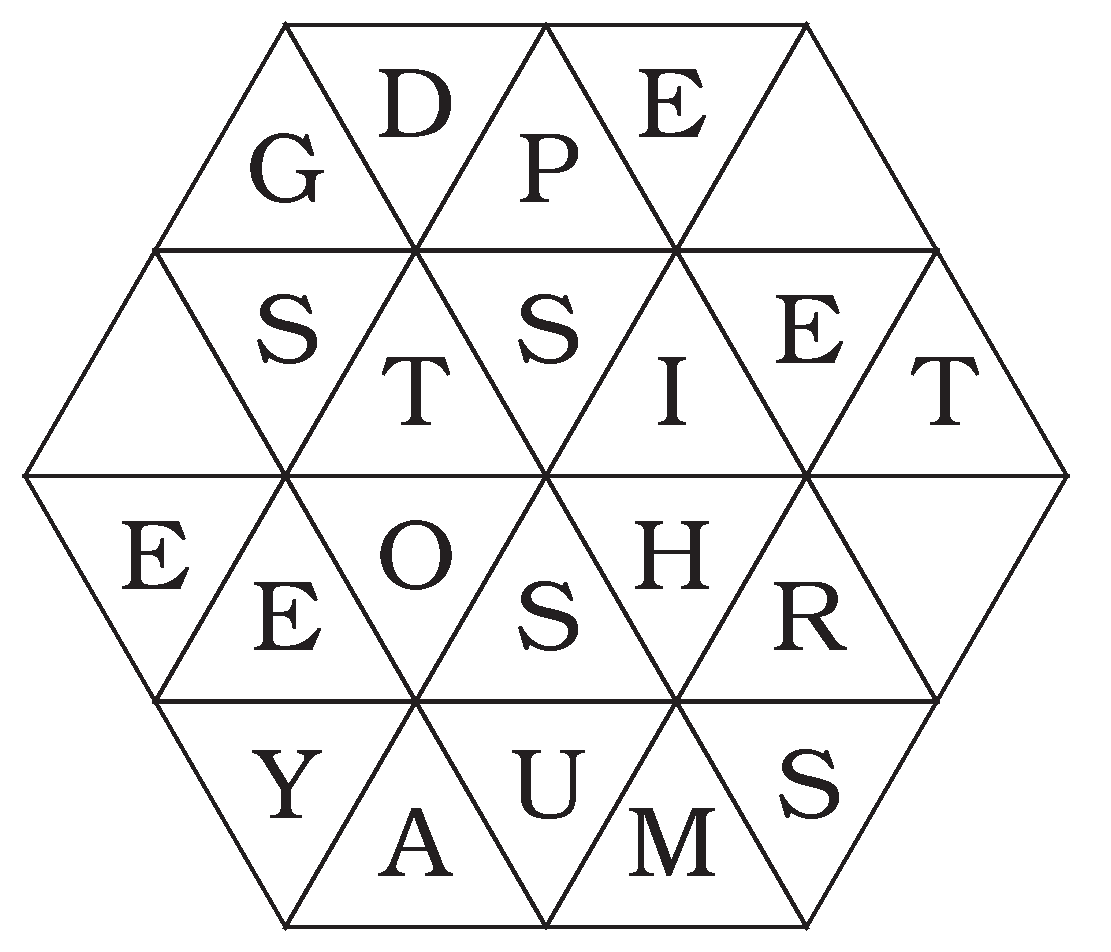
As a final challenge: Can you make a triangular grille, too?
The Math Behind It
The mathematics behind the grilles involves several areas: geometry, group theory, topology, and combinatorics.
Geometry studies shapes, group theory looks at symmetries, topology determines how shapes are connected to each other, and combinatorics counts things.
Here we have used simple shapes like squares and symmetries like the rotations about the center of the square. The positions a small square is rotated into make up the orbit of the square. Usually, these orbits consist of four small squares. When creating a grille, we have to select one square from each orbit. Below are the 9 orbits that you get in a 6×6 square, distinguished by color. So for each color one square is selected to be cut out.
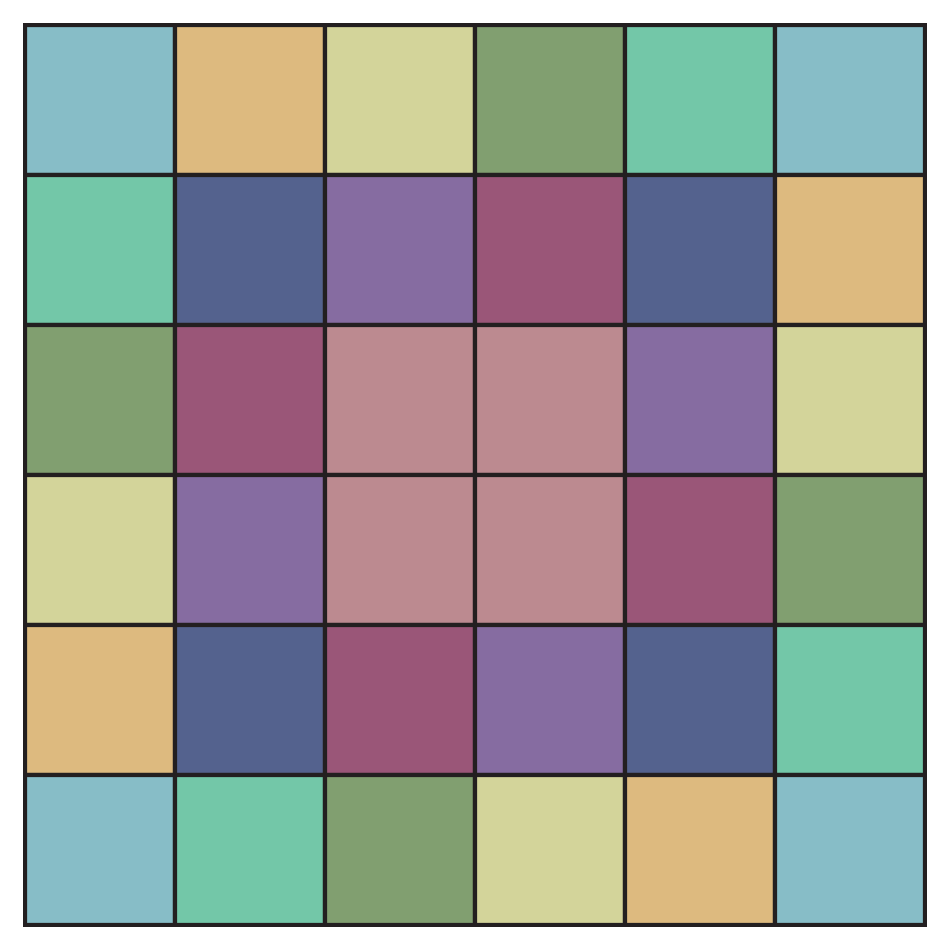
If the square has odd dimensions, like a 5×5 square, the center square will be fixed, so its orbit consists of only one square. This is makes squares with odd dimensions unsuitable for grilles.
There also is a rare topological problem that occurs when making a grille: If you choose the squares that need to be cut out in an unfortunate way, the grille might fall apart into two pieces.
With combinatoric, one can count the number of possible grilles. For instance, for a 4×4 grille you have four choices to select a square from each of the four orbits. These are 4x4x4=256 different grilles. For a 6×6 grille, there are even 49=262144 different grilles.’


